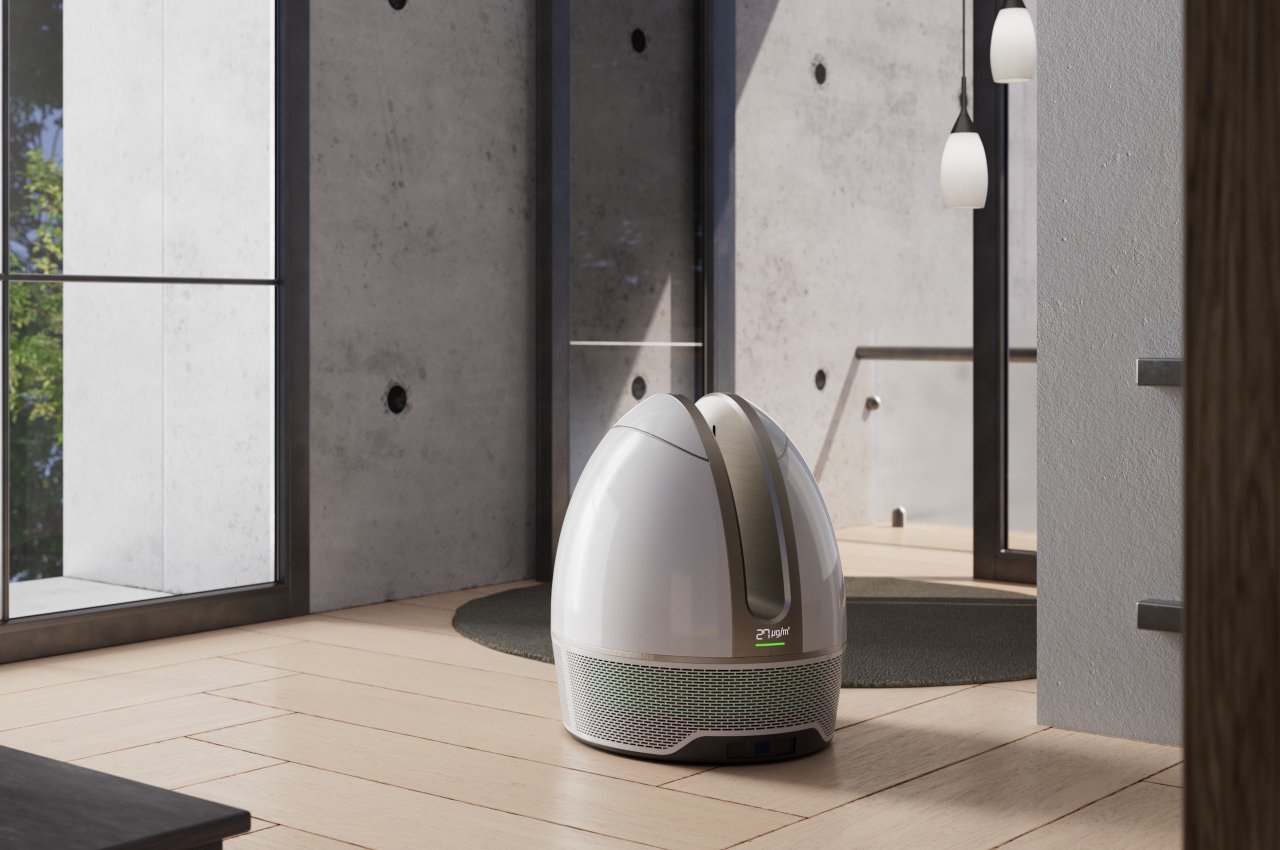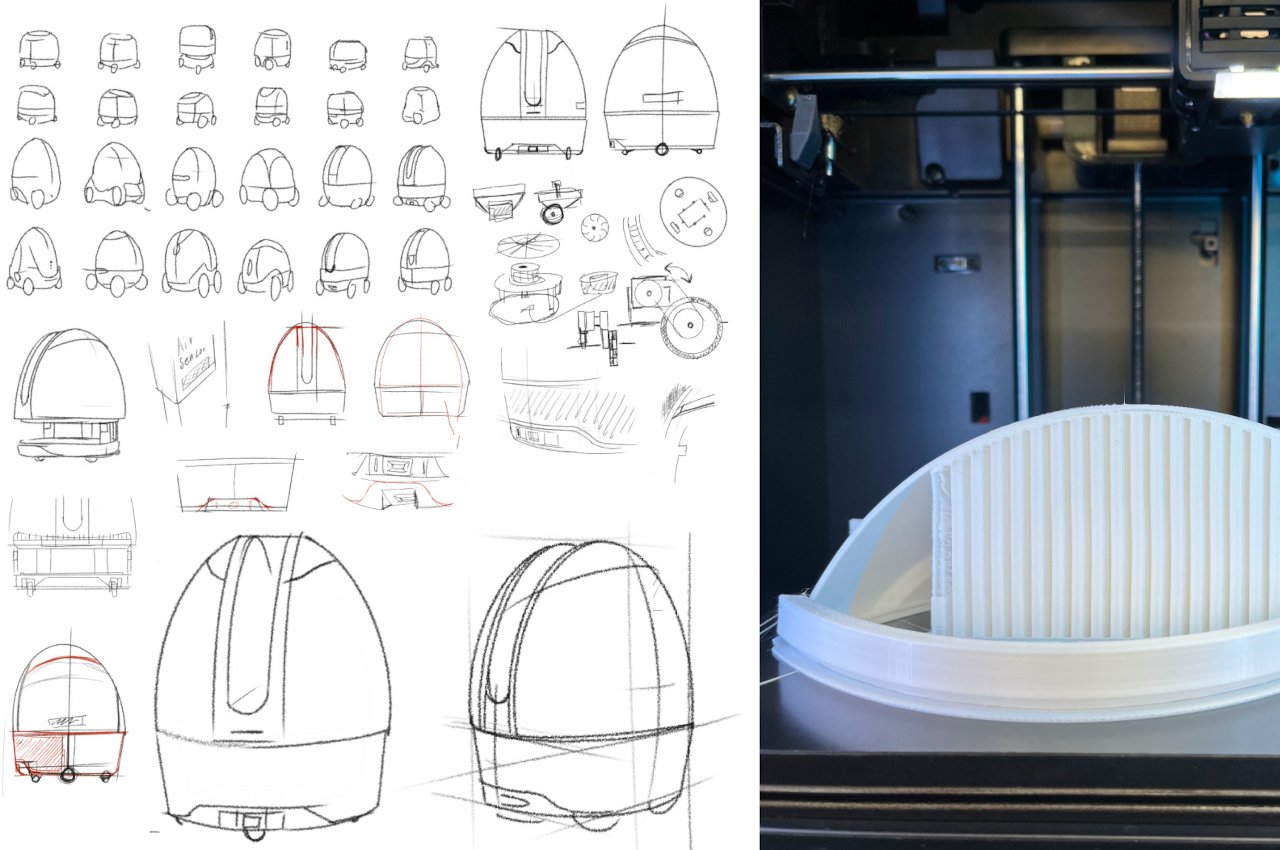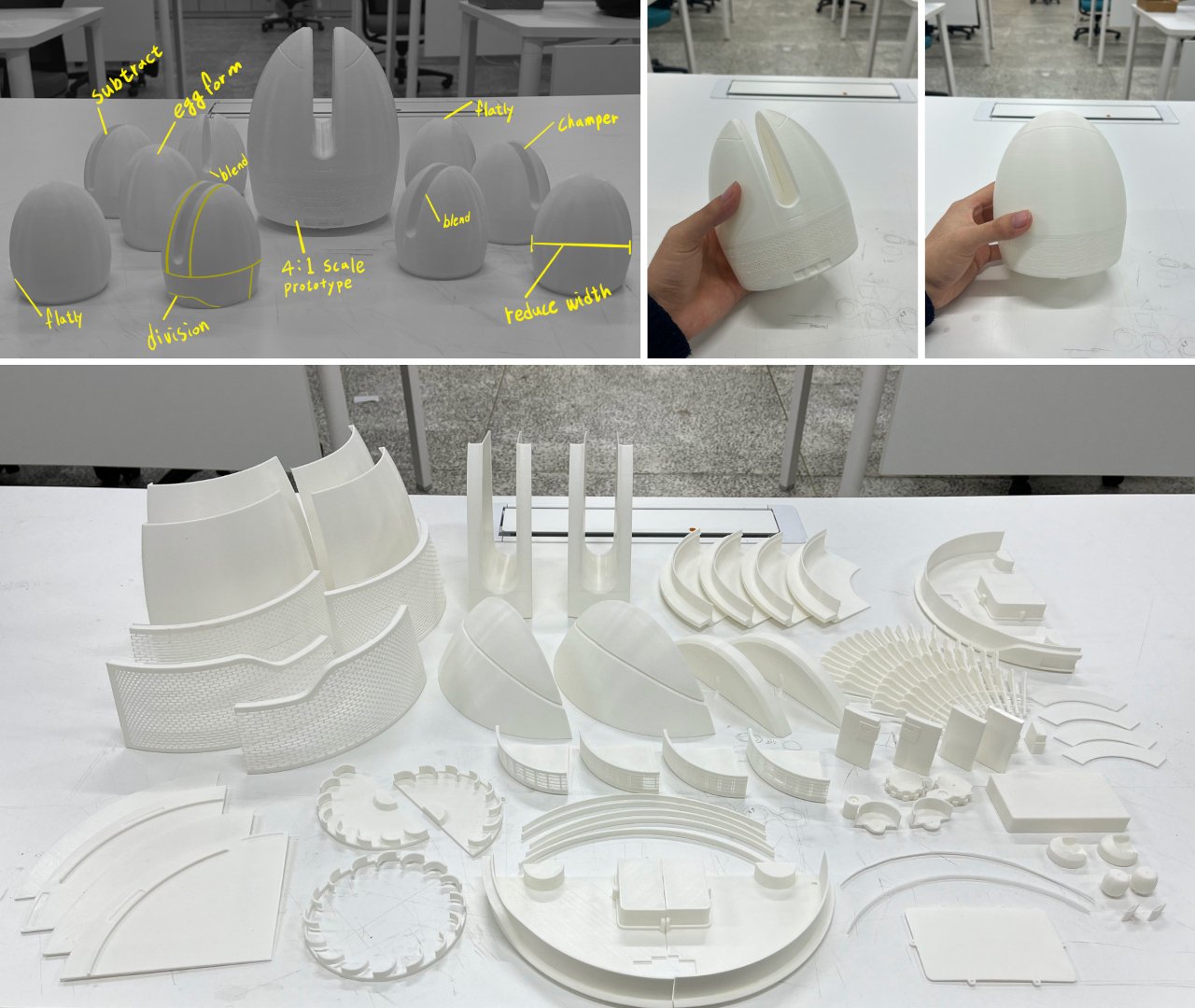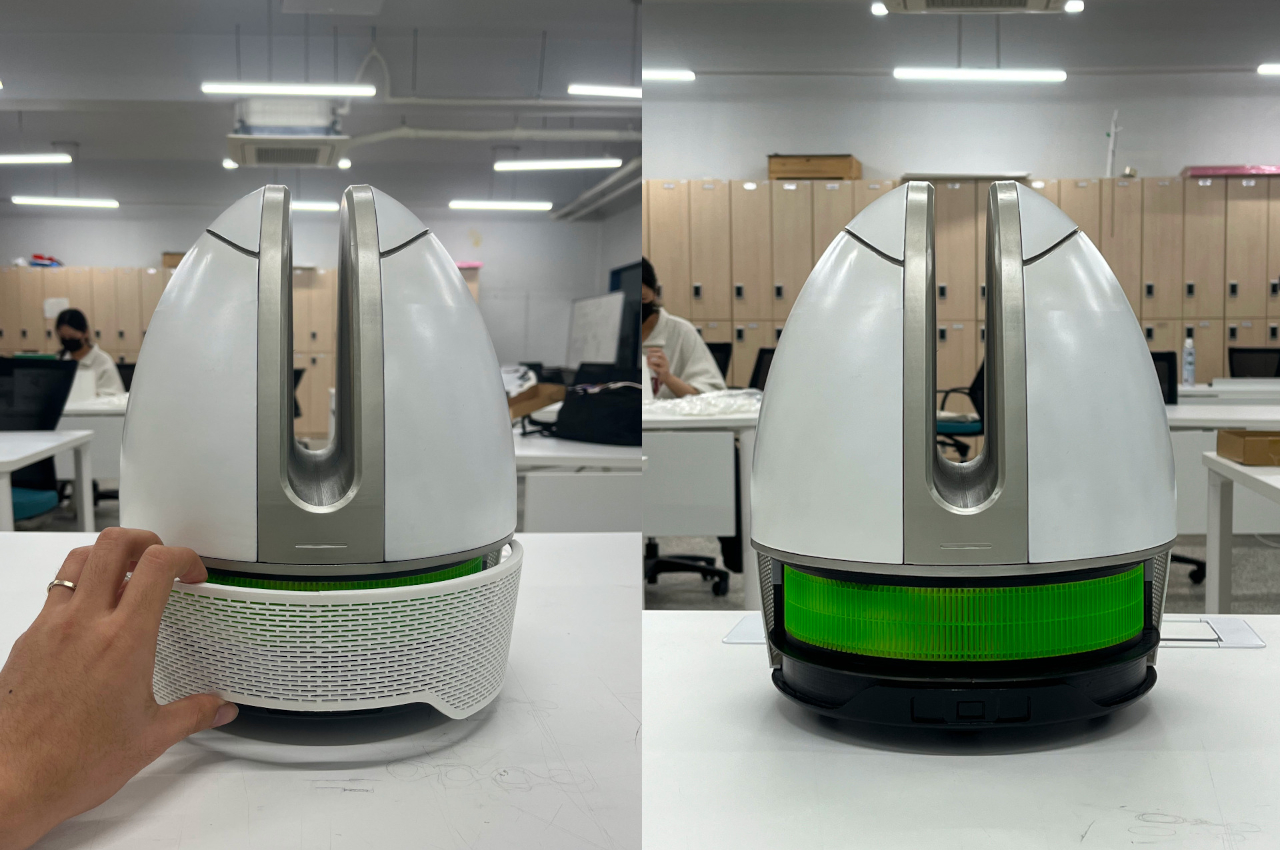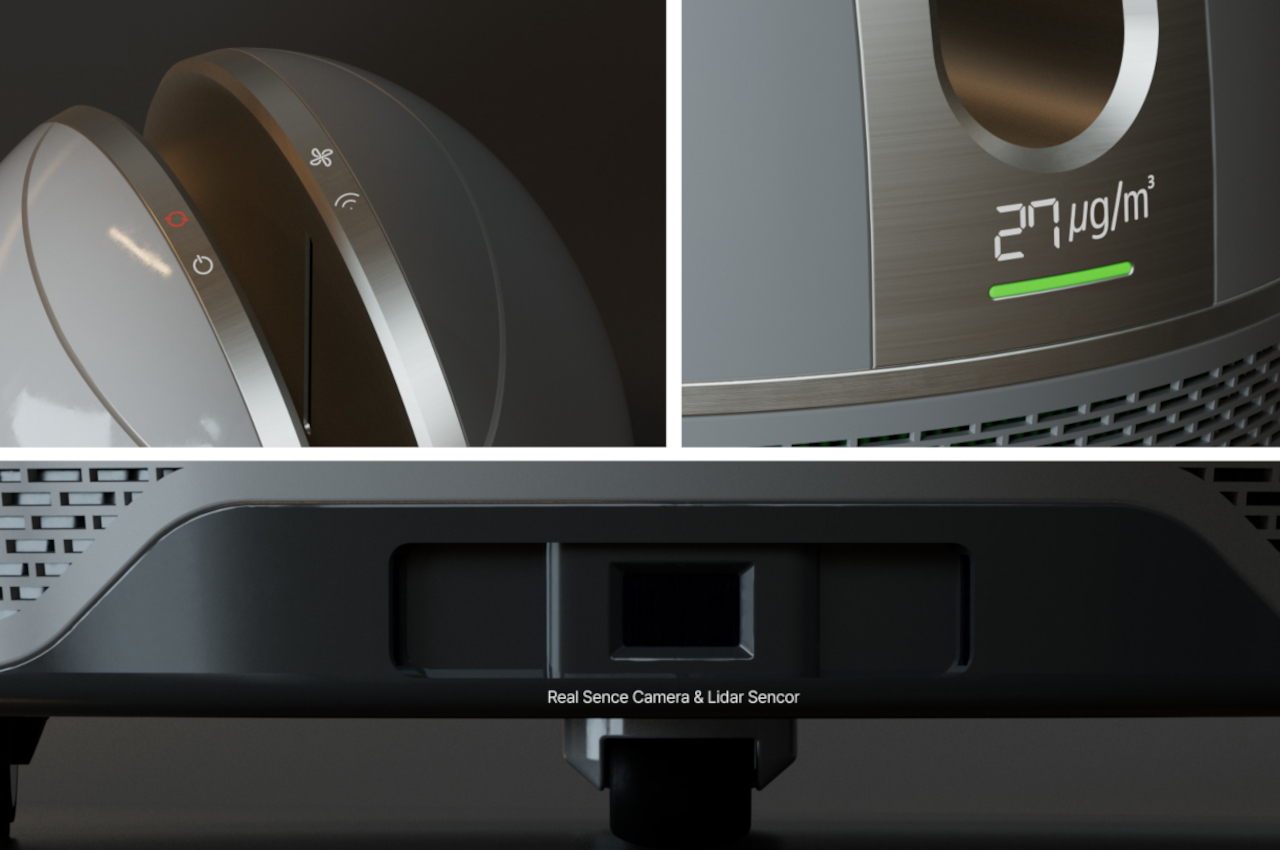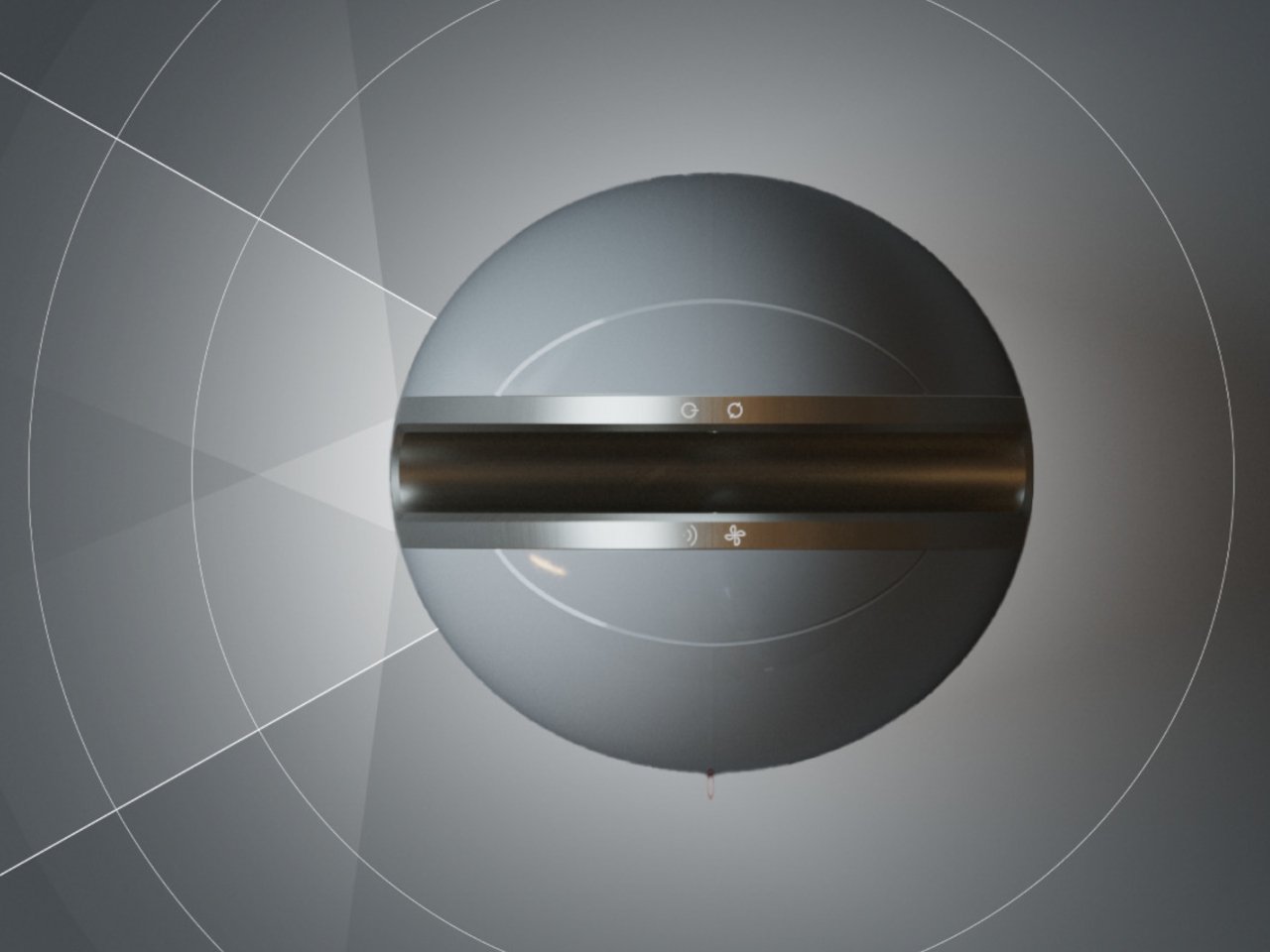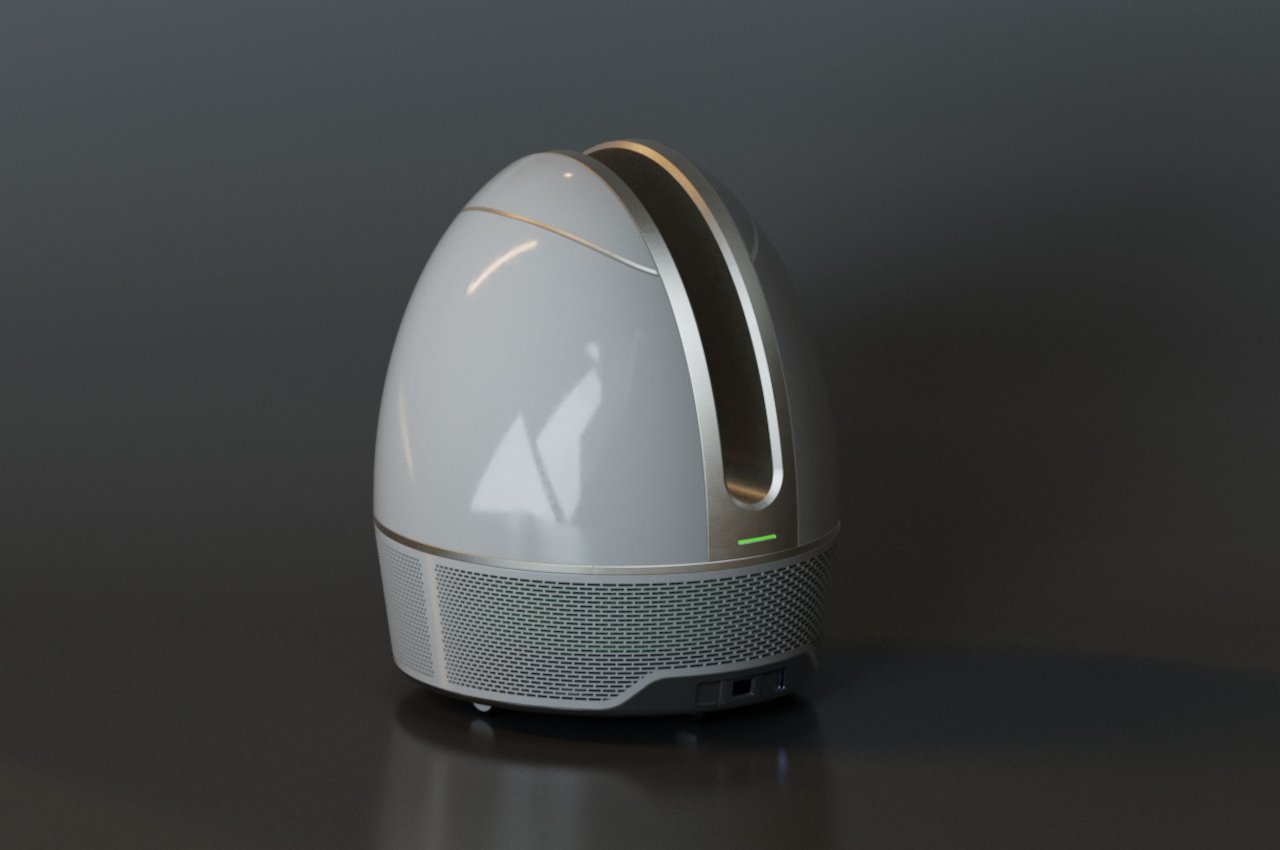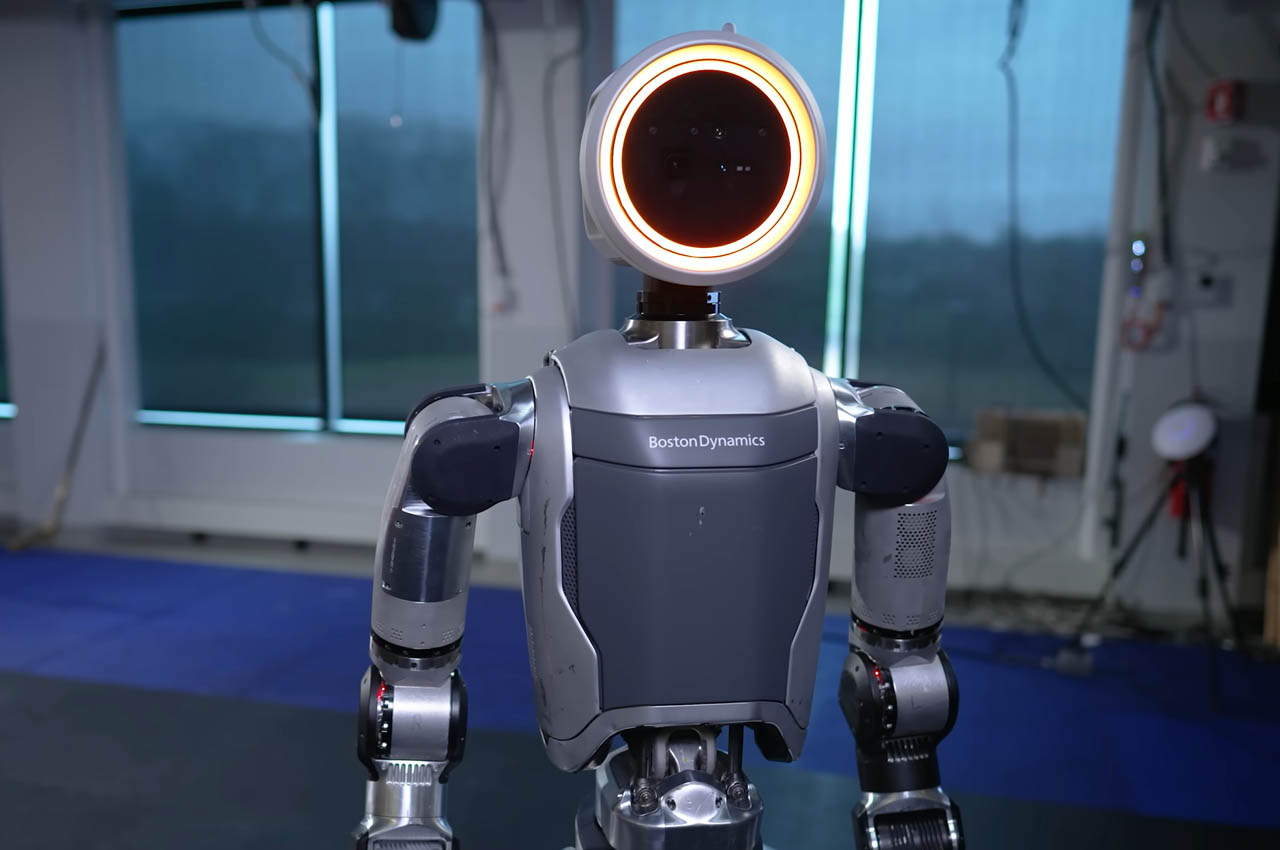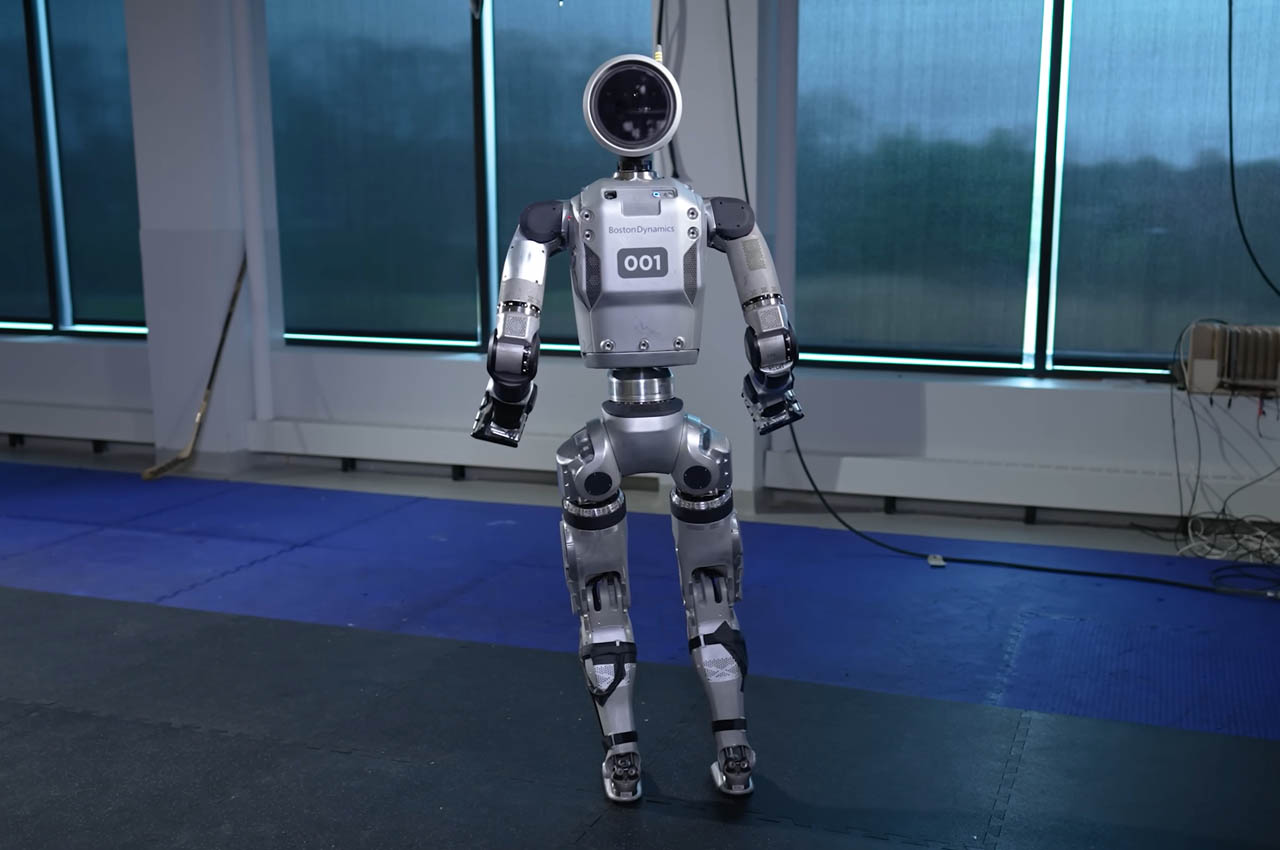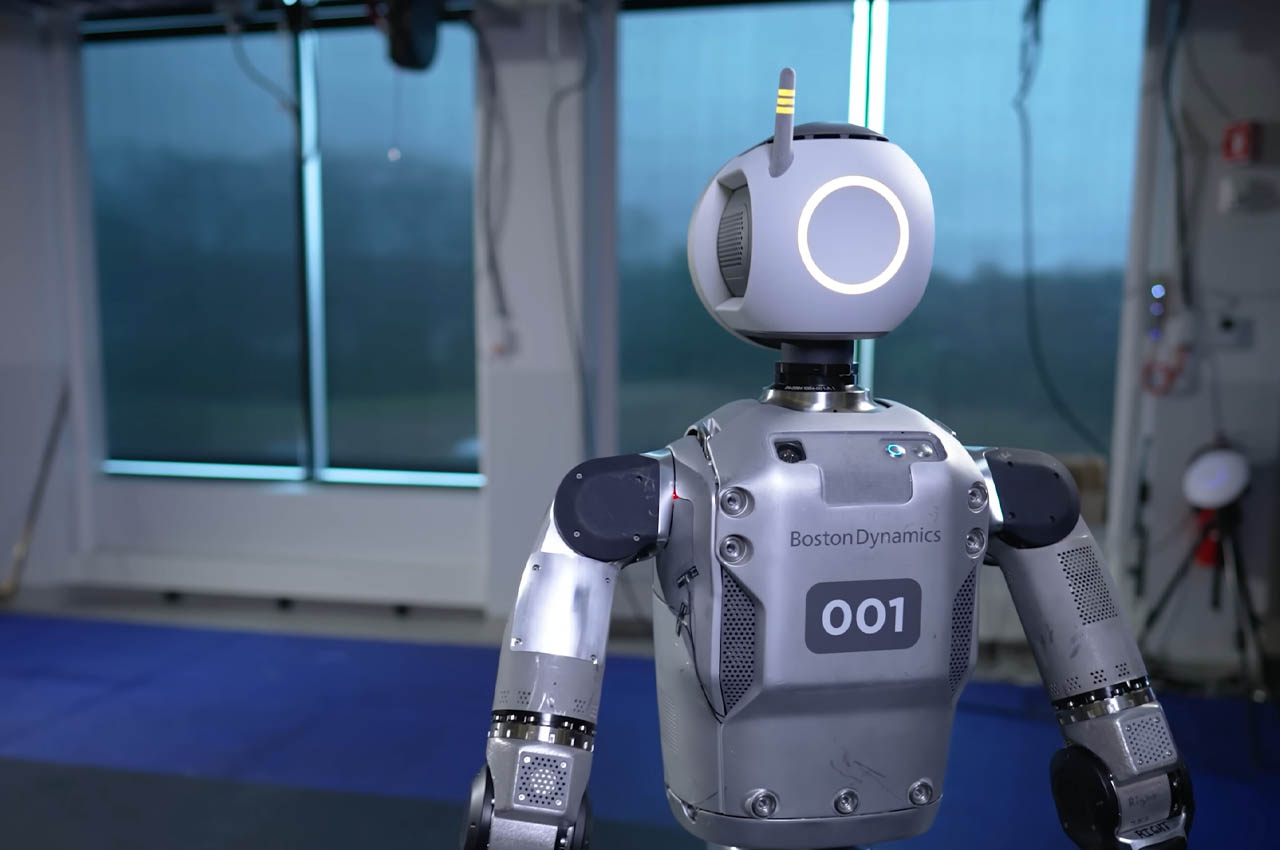It isn’t Iron Man’s suit, but it’s still a pretty big augmentation to humans and their capabilities.
The promise of great technology is to make life easy for everyone… the only problem is that a lot of times, it takes YEARS before great technology can become accessible to everyone. EVs were very niche before they weren’t, DARPA (the defense research wing of the US government) played a pivotal role in developing the internet for communication on the front lines in the 1960s before the internet finally became household technology. Cameras were incredibly specialist equipment before they became small enough to fit into a smartphone, and exoskeletons were originally developed for military personnel to give them superhuman strength, before ending up in warehouses to allow workers to lift heavy objects without using all their energy. If you went online, chances are you wouldn’t be able to simply buy an exoskeleton for yourself (or you’d probably end up paying thousands of dollars for it), but the folks at Dnsys are hoping to make the technology accessible to all humans.
The $599 X1 is an exoskeleton that aids with mobility by giving your legs an extra set of mechanical muscles. Powerful enough to reduce the energy you spend walking/running/trekking by a staggering 50% and reduce your load by nearly 83 lbs, the Dnsys X1 runs on a set of 900W motors that output 1.2 horsepower with a top speed of 27km/h (16.7mph), allowing you to walk, climb, and run with more agility and less exertion. The entire device, which straps to your waist and thighs, weighs a paltry 1.6 kilograms (3.5 lbs) and has a battery that offers a range of 25 kilometers, allowing you to push your boundaries further without being restrained by your human limitations.
Designer: Dnsys
Click Here to Buy Now: $599 $1198 (50% off) Hurry! Only 10 left of 890. Raised over $1,000,000.
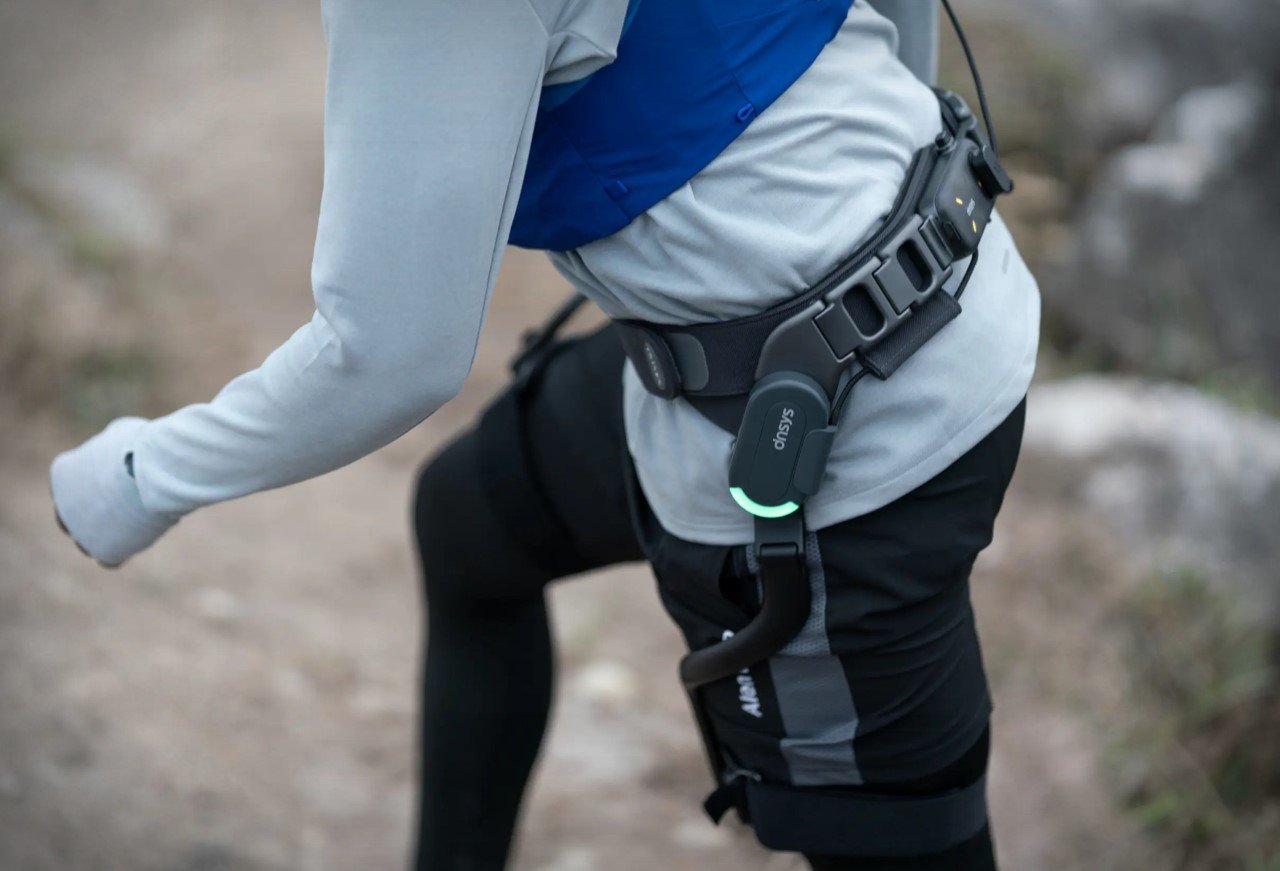

The X1 hopes to shatter the misconception that exoskeletons just belong in warehouses. Quite like Apple’s Vision Pro became one of the first VR headsets to actually be seen in real society, with people wearing them in cafes and subways, the Dnsys X1 aims at being the exoskeleton for all kinds of outdoor use. You could be an explorer or trekker looking to cover lots of ground, a backpacker trying to walk large distances with a heavy backpack, a photographer looking to navigate an outdoor location with a lot of gear, or just a fitness enthusiast looking to get in your movement while protecting your knees and legs from strain or injuries. The X1 gives your legs a set of helping hands (or helping legs, if you want to switch the idiom), allowing you to move faster, farther, and with much less energy.

The hallmark of the Dnsys X1 is its ultra-lightweight construction, weighing a mere 1.6kg, thanks to the utilization of aerospace-grade aluminum alloy and carbon fiber. This not only ensures durability but significantly reduces weight, making it an unobtrusive companion for any journey. The exoskeleton’s sophisticated motor, the DNA-1, embodies sheer power, delivering 1.2 horsepower and a torque of 50 Nm/kg, which, in simpler terms, is similar to the power performance of a Formula One race car.

Making an exoskeleton isn’t as easy as simply slapping motors onto a body brace. The X1 employs advanced AI algorithms to adapt to the user’s walking pattern, offering instantaneous walking assistance that makes every step feel lighter. This AI innovation, combined with state-of-the-art motion sensors, enables the device to conserve up to 50% of the user’s energy, essentially halving the strain of carrying heavy loads during challenging treks or climbs. Imagine exploring the wild with the ability to walk or run with less fatigue, climb higher, and embark on longer adventures, all while protecting your knees and reducing the risk of physical exertion-related injuries. The X1’s clever design also enables all kinds of movements, aiding you with walking forwards and backwards, sideways, upwards, or even any odd movement that would result from you walking on an uneven path or terrain.

Different modes let you achieve different tasks. A regular mode gives you a maximum range of 25 kilometers (15.5 miles), aiding with load reduction and energy conservation, while a Boost mode, activated simply by pressing a button on the sides, gives you the full effect of the X1’s 1.2 horsepower output. The regular mode is perfect for walking and climbing, while the boost mode is the equivalent of going full throttle, allowing for more machine power that gives you maximum speeds of 27km/h or 16.7mph. Conversely, instead of having the X1 boost your performance, you can even flip to a Workout mode which restrains your walking ability, making you put more effort in. Designed to be the equivalent of training with weights or resistance bands, this mode is for maximizing your exercise, making it perfect for strength training and isokinetic exercise. The resistance mode also helps reduce impact on your knees during downhill walks, helping prevent injuries.


The X1 starts at $599, a massive 50% reduction over its original $1198 retail price. It includes an app that also works to monitor device status in real-time, and track medical-grade health data such as hip joint mobility and step frequency. Each X1 ships with a smart battery capable of kinetic energy recovery (KERS) for high efficiency, a charging dock, and a charging cable. The Dnsys X1 ships globally starting July 2024.
Click Here to Buy Now: $599 $1198 (50% off) Hurry! Only 10 left of 890. Raised over $1,000,000.
The post This $599 Exoskeleton gives your legs Superhuman Powers while helping you save 50% energy first appeared on Yanko Design.









































